U.S. Industrial Production Surges in February to Record Level, Led by Manufacturing and Autos
The factory sector came roaring back in President Trump’s first full month in office.

The factory sector came roaring back in President Trump’s first full month in office.

U.S. industrial production increased by much more than expected in August, providing an unexpected source of strength for the U.S. economy alongside consumer spending even as the labor market has softened. Industrial production—a broad measure of factory, mining, and utility
![Operating a hand drill at the North American Aviation, Inc., [a] woman is in the control s](https://media.breitbart.com/media/2024/09/GettyImages-1410636577-e1726580745232-420x315.jpg)
Summer heat boosted utility production but factory output remains sluggish.

Economists had expected a slight uptick in industrial production.

The United States needs an industrial policy that promotes the domestic industrial base, Sen. Marco Rubio (R-FL) outlined Tuesday.

Factory output is down from a year ago but mining—including oil and gas drilling—is up.
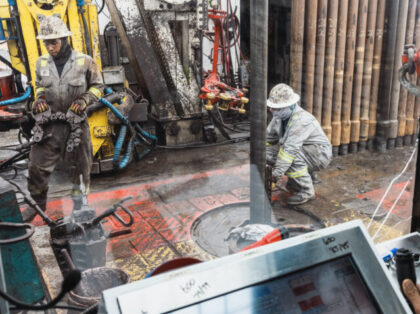
Higher borrowing costs have not held back industrial output as much as many economists had expected.
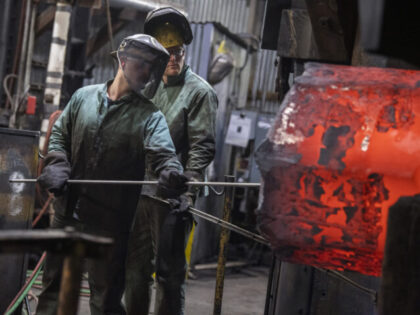
But unseasonably cold weather in March boosted utilities, raising overall industrial output.

Germany’s planned shutdown of all of its remaining nuclear power plants risks causing power shortages, one industry group in the country has warned.
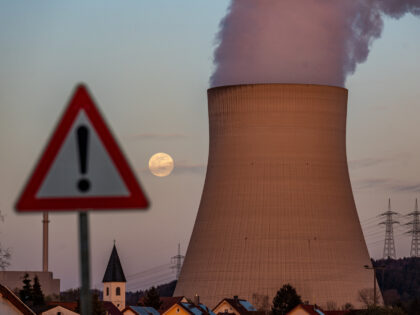
The manufacturing sector appears to be rolling over after several months of Fed hikes, global economic weakness, and U.S. consumers shifting spending to services.

Signs that inflation is weighing on consumer demand.
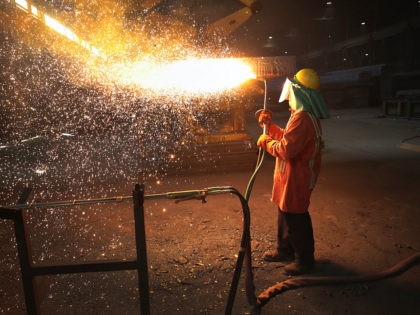
A big boost from automakers and fossil fuel production.

The latest signal of looming stagflation.
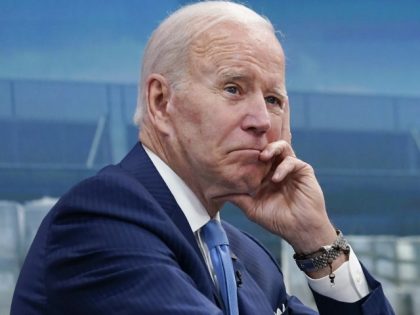
Cold weather boosted utilities output in January as demand for home heating climbed.

Supply constraints just got even worse, suggesting more inflation ahead.
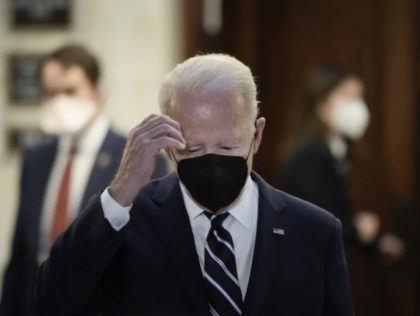
Capacity utilization is running a bit hot compared with its post-financial crisis average, which may portend more inflation ahead.
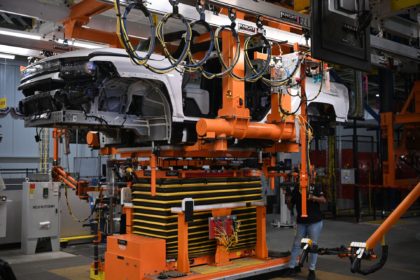
Manufacturing and capacity utilization too unexpected downturns in September.

Shortgages of chips dragged down production and capacity utilization in June, pointing to more pricing pressure in the months to come

The Fed said severe winter weather in the south central region of the country in mid-February accounted for the bulk of the decline.

U.S. industrial production rose 0.9 percent in January, data from the Federal Reserve showed Wednesday. Manufacturing output rose by one percent, twice the forecast, despite a decline in auto production.

Most major industries posted increases, the Fed said, with the largest gain registered by motor vehicles and parts.

Auto production fell 70 percent. Business equipment manufacturing fell 17.3 percent.

Boeing’s suspended 737 Max was a drag on factory activity and mild weather pulled down utility production in January.

Although manufacturing grew, overall industrial output slumped on lower utilities output thanks to nicer weather.

Manufacturing and overall industrial output improved, with sharp upticks in autos, business equipment, and consumer goods.
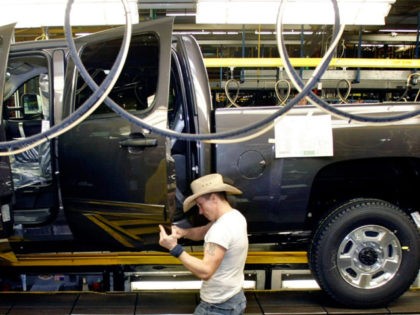
The GM strike, slumping oil prices, and sluggish global demand pulled down industrial output more than expected.

Overall industrial production declined in September following strong growth in August, driven down by the GM strike and cheap energy.

May industrial output figures from the Fed show the manufacturing sector is holding up better than expected amid trade war with China.
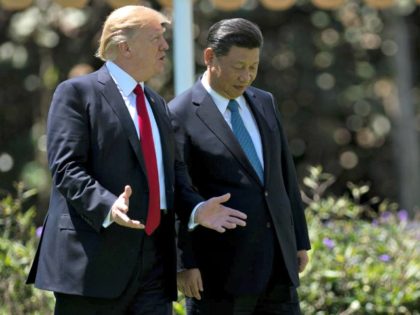
The slide in industrial production accelerated in April, suggesting slumping demand around the world is now weighing on the U.S.

Total industrial production rose 4.0 percent in 2018, much higher than 2.9 percent in 2017 and 2016’s paltry 0.5 percent gain.
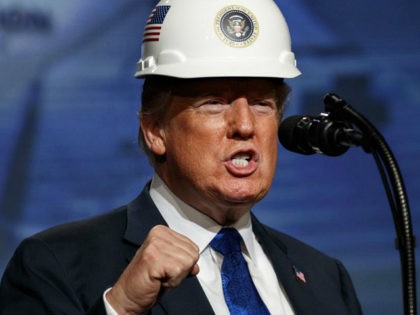
Trump’s critics want to blame tariffs for a slowdown in manufacturing. But the data tell a very different story.
